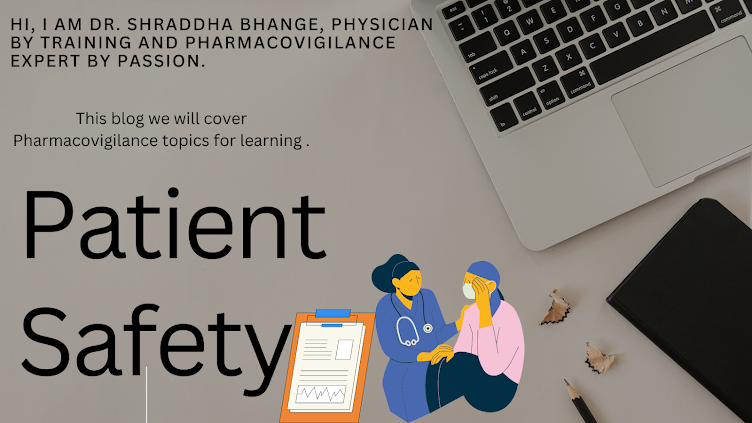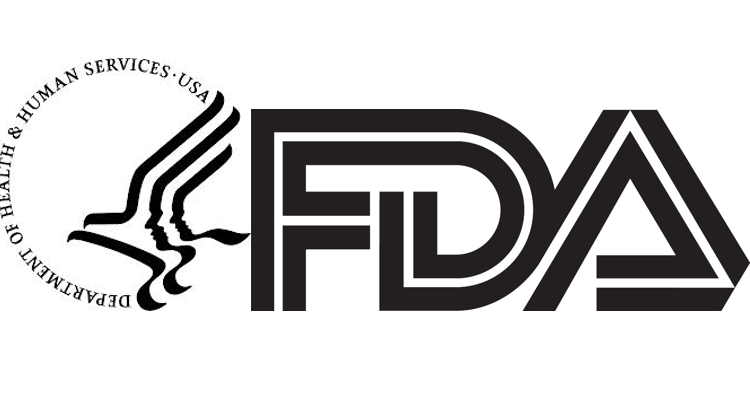Introduction to
Follow up:
As humans, one of the many things that we enjoy is solving
puzzles and mystery. And so true, because they give us satisfaction of putting
things in place, where you say "Aha, so this was like that, good that now
i know the answer to puzzle". Likewise, if somebody is telling you a story
and the person suddenly stops, we pressurize, beg and even threaten them to
complete the story.
This is what a follow up in PV is! Not the threatening and
pressurizing part (off course :)) but bit of begging maybe (just joking).
What is follow up?
Adverse events reported to us by reporter are often incomplete, they always send us information as per their understanding of AE. We, PV professionals,need more information to put the story or puzzle together. That's a follow up, where we send our questions needed to understand AE better, to reporter of AE, so that new information will help us to solve the mystery or to complete the story.
Why to do Follow up?
Industry perspective: Follow up activity in PV is a very
critical aspect because it allows to collect complete medical information
regarding the reported adverse event.
Additional information received via follow up, helps to perform single case causality and case level
risk benefit assessment. Also, when you are doing aggregate safety report or
signal detection activities, ICSRs having complete information are very helpful
to complete case series causality, to do quantitative signal detection and risk benefit assessments.
Regulatory authority (RA):They have the same ideology as MAH, i.e. to collect the
required data regarding adverse event to assess the case from a complete sense
and to do signal detection and risk benefit assessments. Additionally, they
look at process set up for follow up activities at MAH as indicator of robust PV system.
Recommendations for
follow up:
One aspect is mandatory type of questionnaire or follow up,
which is done when one of four criteria for validation of AE report is missing.
If a reporter reports an AE where 4 minimum criteria are missing (i.e. an
event, a product, reporter identification or patient identification details) a follow up is immediately sent. This is a follow up for validity check and regulations
clearly states that MAH must do it, before we categories any case as invalid. Minimum
of 3 attempts are recommended to be made and attempts have to be documented.
Another follow up, is more about completeness of the AE from
medical sense of the case/ ICSR. This follow up is to understand the occurrence
of AE in context of patients’ pre-existing risk factors, be it medical history,
conmeds, other non-clinical but significant abnormalities patient had and other such factors. This follow
up can be done effectively by PV professionals who have good medicine
understanding and PV experience.
Type of questionnaire:
Off course the type of questions that we need to ask
reporter depends on individual patient, reported adverse event term, type of report (serious,non
serious,spon/CT). But, I am going to just give generic and basic overview below.
1. In a Clinical Trial (CT) case, we have a mandate to collect all the information needed to
assess the reported AE. Follow up is easy and most the times, we get answers, as CT cases are monitored by PI (Principal Investigators)
with their dedicated staff , hence they expertise and resource, in addition to
obligation signed with MAH to provide required information.
CT cases are also
important because safety profile of drug is not yet established, every case is
looked as a potential signal .We use case definitions to define such case.
E.G.
If we have a AE in CT of “Liver injury” we will collect patients risk factors such
as history of liver disorder, alcoholism,Intake of herbal products, past liver
enzyme levels and if not done, lab tests for hepatitis infection, liver enzymes
etc. This is exhaustive follow up is needed and possible for CT Cases.
2. In Post marketing, follow up is not always easy,
HCP and Patients are not keen on getting hassled or bothered with a big list of
questions from MAH. Many times, they do not provide us their contact details or refuse
to give contact details. In that case we have to be an expert in making questions easier for them and use specific questions only.
3. In serious post marketing cases, preference for
follow up is given to unexpected and then expected AE’s. If patient has reported his/her HCP, its better to contact them to provide details.
Follow up questions are
based on if the reported event is identified risk, potential risk, an AESI etc.
In any case, we should make it easy for reporter to answer our follow up
questions.
E.G. SAE of neutropenia is reported, we need
to ask just enough question, not too many such as last 12 month neutrophil
counts and not very less such as neutrophil count of that AE and no questions
pertaining to exclude other causes of neutropenia.
4. For non serious cases, the key is to prioritize questions that will clear any possibility for upgrade of event to serious and event severity. And additional information that might add to quantitative or qualitative assessment of reported non serious AE in signal detection (increased frequency or severity) or add or change risk mitigation strategies of the reported event .
For Non serious cases, it is also important to remember to ask about outcome and treatment, sometimes when we see patient received a treatment for non serious event that was administered in hospital, or treatment that is consistent with life threatening conditions, we realize the report is actually serious.
5. Type of questions and examples: Few generic questions for follow up are :
Confirmation
for diagnosis, reporting the diagnosis vis-a-vis symptoms and signs, providing supporting lab data to confirm diagnosis (e.g Xray details for AE reported as fracture, but not relevant for AE
terms such as headache, fever, rash etc), risk factors especially when AE falls in Cardiovascular, Liver, Kidney and Immunology organ system, concomitant
medications especially in old age patients, interaction type of AEs.
Other follow up generic questions that are important
to understand case and are common to any AE reports are start and stop date of
event and suspect drug (to assess latency and temporal relationship), treatment
received, clarification regarding typo errors, unclear or missing
information.
The trick is to assess the key factors for reported event that will help the case completeness .
For serious cases, minimum 3 attempts and for non serious 2 attempts are recommended before we consider and close case as “lost to follow up” but vaires as per MAH SOPs. Follow up is done via email, phone call or fax, ensure to document each follow up as per standard operating procedure.
References:
Few enslisted below:
E2A Clinical Safety Data Management: Definitions and
Standards for Expedited Reporting
E2D Post-Approval Safety Data Management: Definitions and
Standards for Expedited Reporting
GVP Module VI – Collection, management and submission of
reports of suspected
adverse reactions to medicinal products
FDA Postmarketing Safety Reporting Requirements for Drug and
Biologic Products
Images-Shutterstock
Written by
Dr.shraddha Bhange.
Connect with me Via comments below. (I do not respond to Facebook messages)
Support the cause of better rural education with me:ThinkSharp Foundation http://thinksharpfoundation.org/#home











